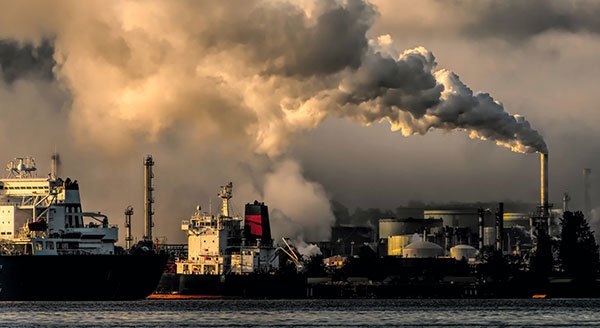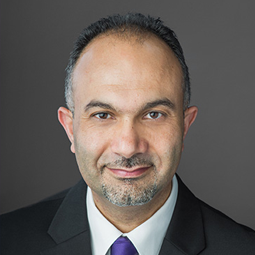News
IIN researchers receive DOE funding to study carbon capture systems
August 20, 2021

$3.3 million project is one of nine focused on capturing carbon directly from air
As the devastating effects of climate change rock the world, the U.S. Department of Energy (DOE) this week announced $24 million in funding for nine research projects to explore and develop new methods of capturing carbon emissions directly from the air. Northwestern University is leading one of the selected projects.
The DOE-funded projects will support breakthroughs in the understanding of chemical and materials processes that limit current direct air capture (DAC) technologies and also provide a foundation for entirely new and more effective approaches for direct removal of carbon dioxide (CO2) from ambient air.
Northwestern will receive $3.3 million to examine how the dynamic behavior of promising carbon capture systems impacts the systems’ ability to capture and release carbon dioxide. Specifically, the research team will study metal-organic frameworks (MOFs), porous materials with uniform structures that are promising solid sorbents – a sponge of sorts for capturing CO2 from air.

“Understanding how a sorbent works is fundamentally important for making the next generation of highly selective and stable sorbents for CO2 capture,” said Omar Farha, principal investigator on the project. “We are excited to apply our state-of-the-art experimental and computational tools to tackle this complex challenge.”
Farha is a professor of chemistry in the Weinberg College of Arts and Sciences. He also is an affiliated faculty member of Northwestern’s International Institute for Nanotechnology.
Farha and his team will study the chemical and structural changes that MOFs undergo during CO2 capture and release cycles. This knowledge is necessary for developing MOF sorbents for long-term DAC applications, Farha said.
The objective is to study these changes over a high number of capture-release cycles and find the reasons behind the reduction of the materials’ CO2 capture efficiency over time. This includes understanding how these materials evolve under operating conditions as they undergo mechanical changes, develop heterogeneity, yield unwanted chemical reactions, degrade or accumulate impurities.
The researchers will use state-of-the-art experimental techniques to monitor and analyze CO2 capture and release cycles as they occur, and computational chemistry will aid the analysis of experimental observations. This approach will provide design rules for next-generation high-performance direct air capture sorbents.
“Finding ways to remove and store carbon directly from the air is an absolute necessity in our fight against the climate crisis,” Secretary of Energy Jennifer M. Granholm said. “This investment in carbon capture technology research through universities and DOE laboratories will position America as a leader in this growing field, create good-paying jobs and help make our carbon-free future a reality.”